
Have you caught the video that’s making the rounds online these days (it was posted on youtube on January 27, 2017, and it’s already got over two million hits) : the ad for a Danish broadcaster, in which they ask:
What happens when we “unbox” each other?
Not seen it?
Well then this is your lucky day. Continue reading “Repackaging”

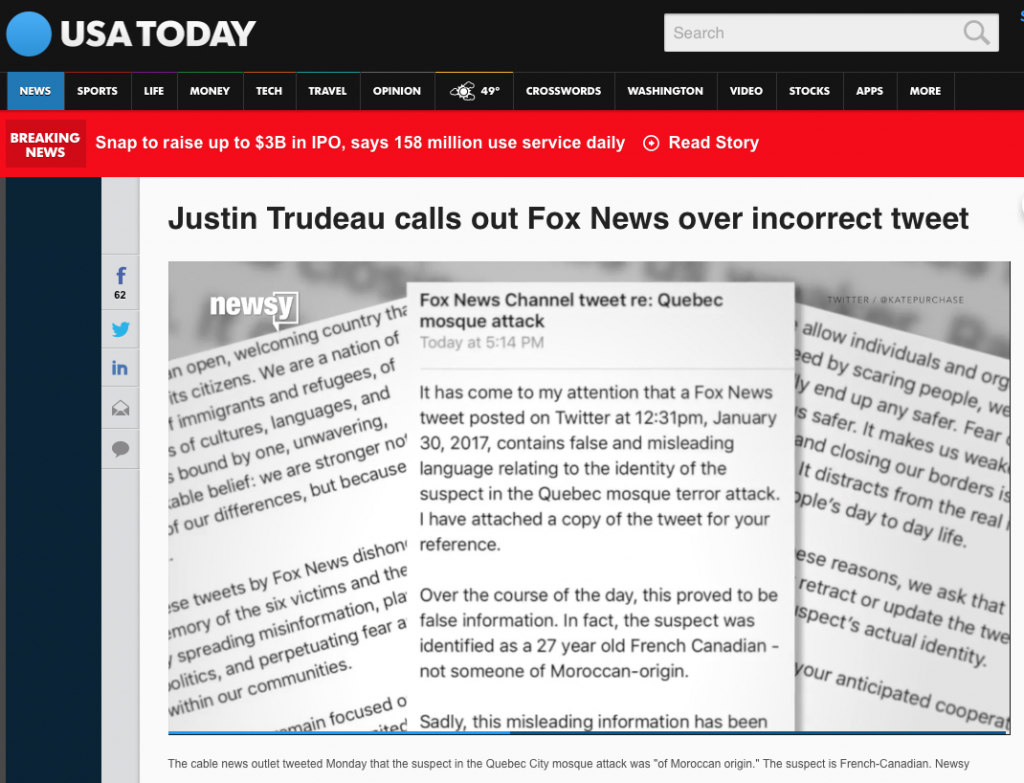
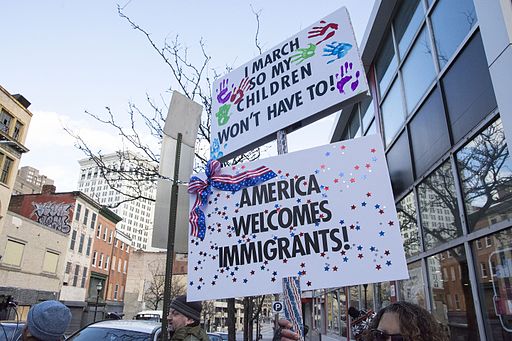 Recognizing identifications as narrative constructs or fixed identities organizes the world in particular ways that inform the debate over the
Recognizing identifications as narrative constructs or fixed identities organizes the world in particular ways that inform the debate over the 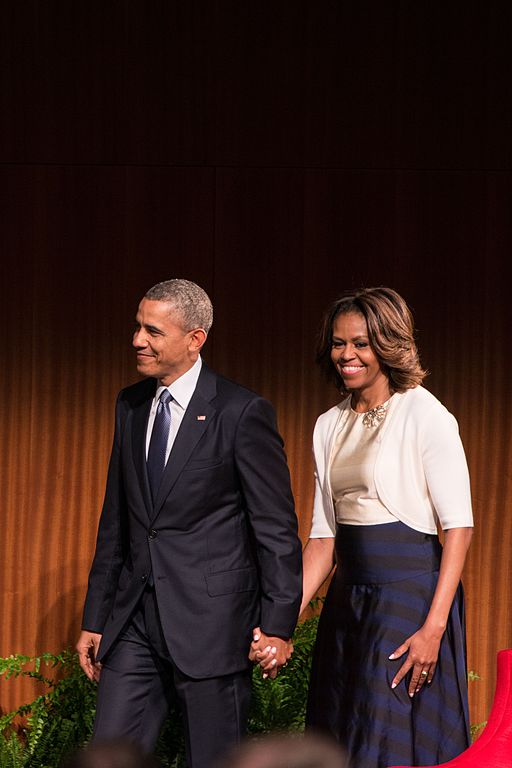 The recent selection of Miss World Japan has created a stir. The BBC headline “
The recent selection of Miss World Japan has created a stir. The BBC headline “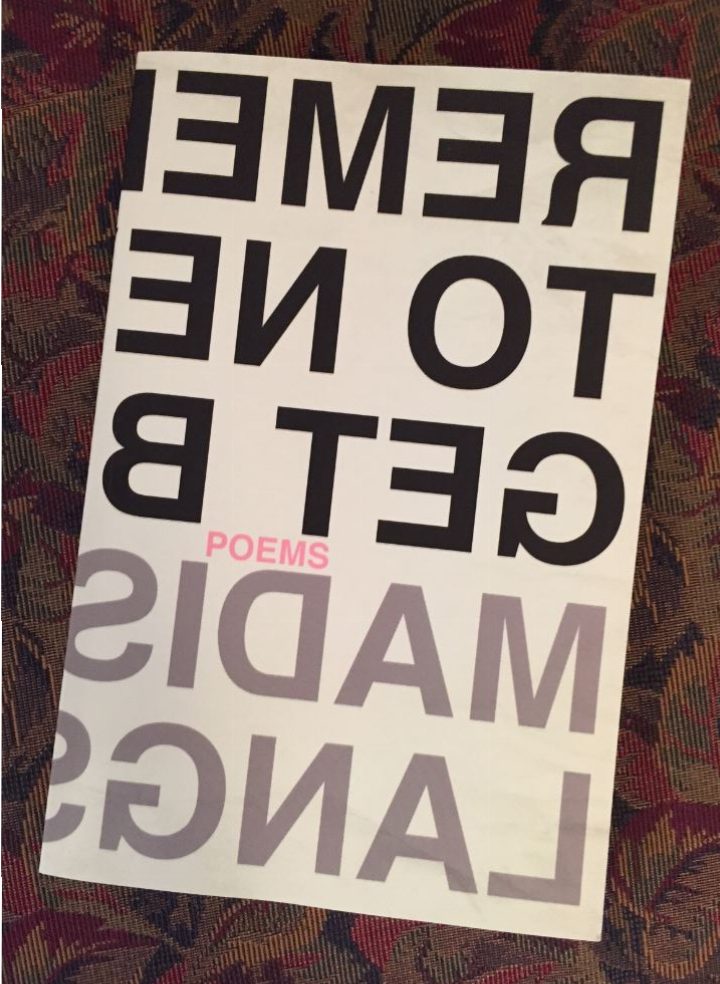

 Have you seen this video, about giving a genetic test for ancestry/origins to a group of people who each seem to think they’re pure blood?
Have you seen this video, about giving a genetic test for ancestry/origins to a group of people who each seem to think they’re pure blood?
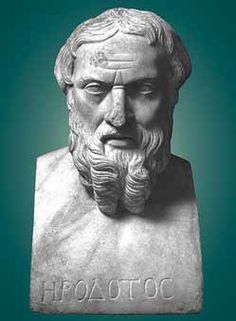 This semester I’m teaching
This semester I’m teaching  Donald Trump’s
Donald Trump’s  “A war against Christianity,” a friend on Facebook asserted, as he pointed to examples in the United States and around the world. The shooting at Umpqua Community College recently and the various occasions when ISIS has executed people identified as Christians provided prime examples. Others making similar claims point to shifts in US policy, including the removal of the Ten Commandments from schools and courthouses, restrictions on official prayer at public schools, and movements to remove “God” from the Pledge and US money.
“A war against Christianity,” a friend on Facebook asserted, as he pointed to examples in the United States and around the world. The shooting at Umpqua Community College recently and the various occasions when ISIS has executed people identified as Christians provided prime examples. Others making similar claims point to shifts in US policy, including the removal of the Ten Commandments from schools and courthouses, restrictions on official prayer at public schools, and movements to remove “God” from the Pledge and US money.